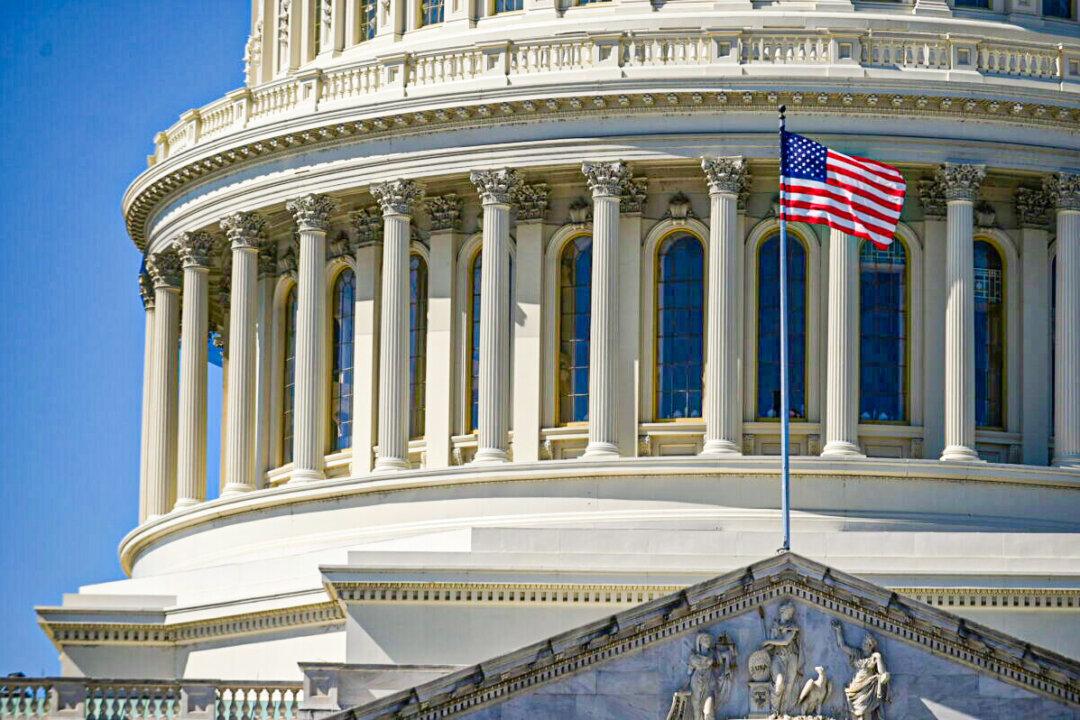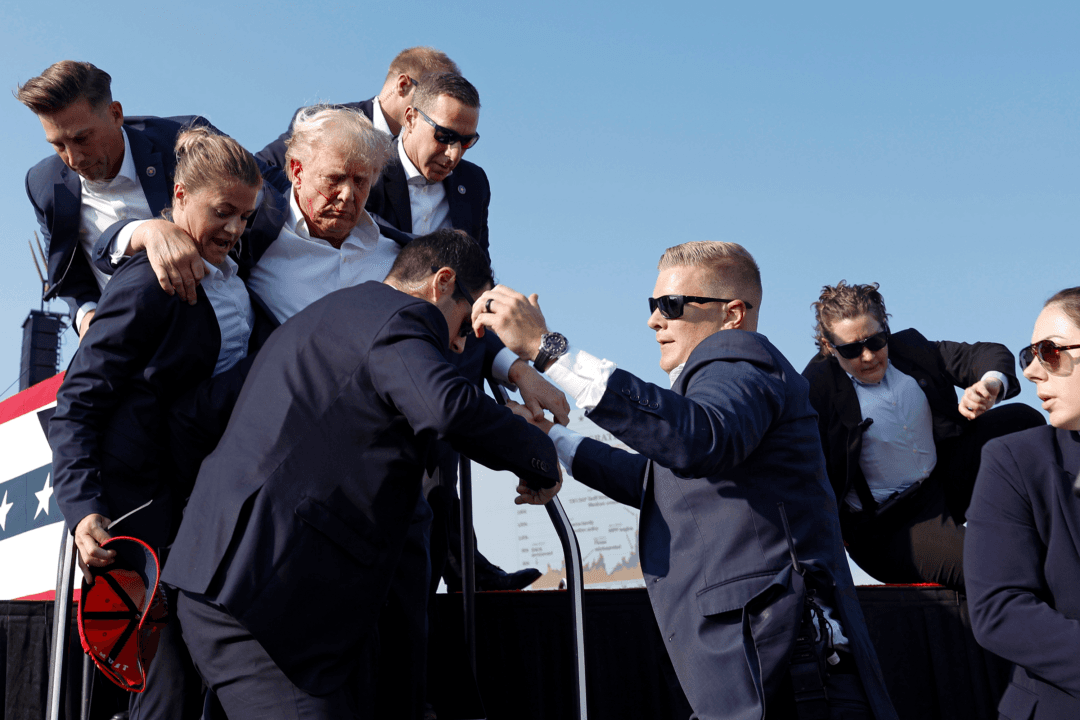The lessons taught to children today are the values we will live in our future when they run the world. That is why there is an intense battle in U.S. schools over who gets to determine the curriculum.
Schools have veered beyond the classic core subjects of reading, writing, and arithmetic and moved into teaching values; topics that, until recently, were reserved for parents. There are countless examples of schools teaching critical race theory, gender and sexual identity, myopic politics, and religion.





